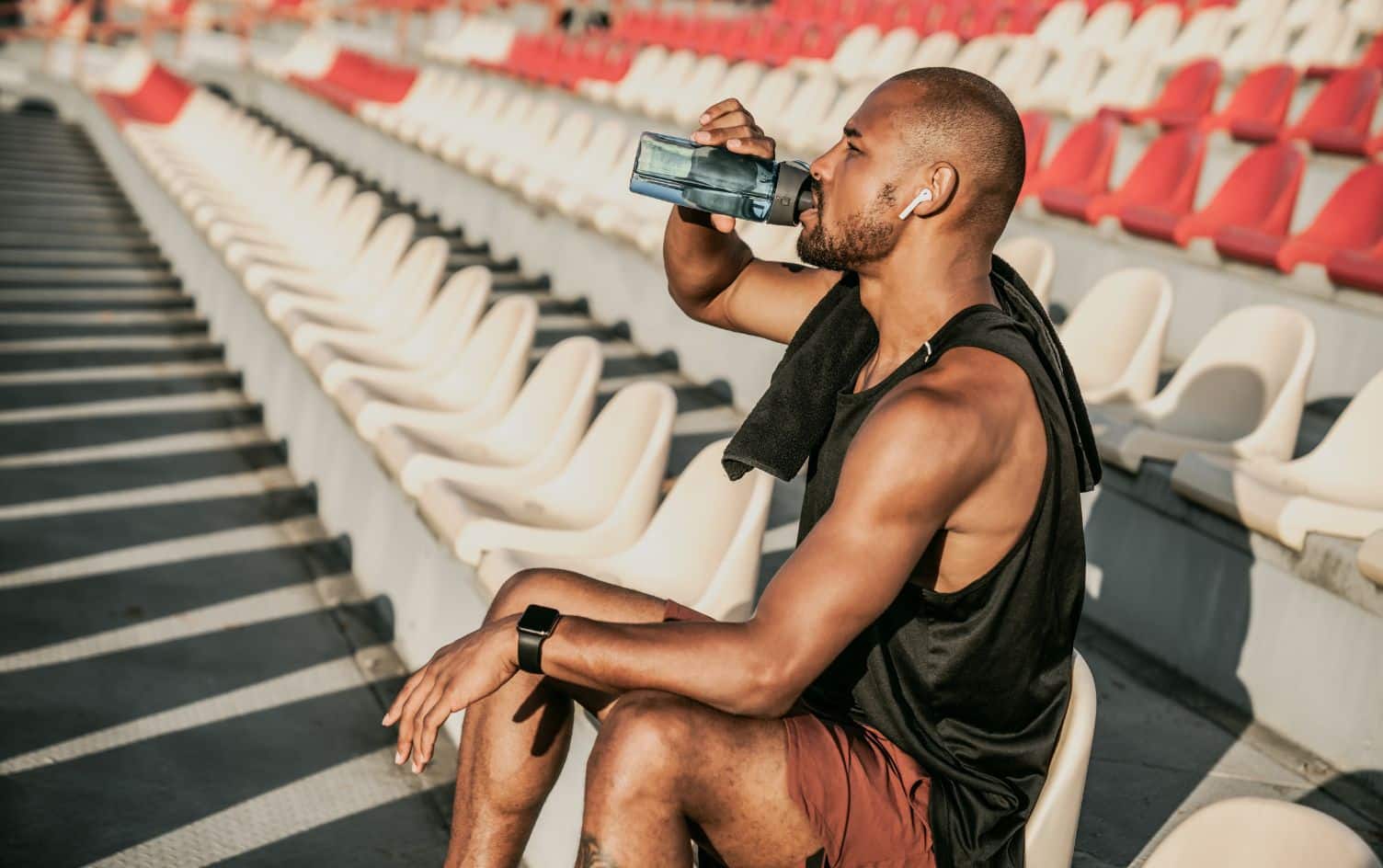You already know tracking your food intake is a great tool for achieving weight-loss success. The other important piece is tracking hydration. “Drinking enough water is not optional. It’s a necessity to feeling and performing at your best,” says Heather Mangieri, RD, author of “Fueling Young Athletes.” For one, just 2% dehydration can drag down your cognitive capabilities, impairing attention and coordination, according to a 2018 study in Medicine & Science in Sports & Exercise. What’s more, mild dehydration also negatively affects exercise performance, notes Mangieri.
BENEFITS OF TRACKING HYDRATION
Research shows being properly hydrated can help you feel satiated and prevent overeating, reduce fatigue, improve digestion and cognitive function and boost metabolism. Getting into the habit of tracking hydration is important because it can help keep you accountable, identify times when you might be falling short (like during the day if you get caught up in work) or show if you really are meeting your quota. “Even if you think you’re drinking enough, it’s hard to know for sure unless you track it,” says Mangieri.
The MyFitnessPal app makes it easy to keep a record of how much water you’ve consumed in a day. Since you can see this alongside your food intake, all this data is in one handy place.
HOW MUCH DO YOU NEED TO DRINK
The Institute of Medicine recommends a total fluid intake of 91 ounces for women and 125 ounces for men. Those numbers are for all fluids consumed, including beverages and water naturally found in foods (like fruits and veggies). The specific amount you need differs between individuals and is based on factors like activity level and the weather outside.
For active folks who are exercising regularly, the most important thing is to drink consistently throughout the day. To help get you in the habit, Mangieri recommends filling a large water bottle first thing in the morning and keeping it by your side wherever you go. “Take sips all day long and continue to fill it up and keep drinking,” she says.
HOW TO MAKE HYDRATING A LASTING HABIT
If you struggle with the motivation to sip, using a straw helps many people consume more fluids. You may also want to invest in a nice-looking water bottle if you find drinking from a plain glass boring.
Creating a schedule helps, too. It’s one thing to tell yourself you’ll drink more, but thinking about going through several bottles can seem like a tall order. Break it down into manageable steps throughout the day. “This is especially important for people who exercise. It’s not enough to get to the end of the day, realize you didn’t get enough and start chugging to reach a daily intake. You need to start hydrating early and drink often,” says Mangieri. Think about the challenges you face, and adjust your intake. For instance, if you have a long commute, you may not want to chug a ton of water right before you leave. If you find you hit a wall mid-afternoon and your energy levels drop, drinking H20 during this time is even more important.




